Emily Howland House
Introduction
Text-to-speech Audio
Emily Howland (1827-1929) was a prominent leader in abolition, women's suffrage, and education. She dedicated many years to the advancement of African American education during and after the Civil War and founded/funded fifty schools for African Americans in the south. Locally, Howland was influential in the Sherwood Select School. She was also a leader in the women's suffrage movement, working with the New York State Woman Suffrage Association and National American Woman Suffrage Association. Howland was the daughter of Slocum and Hannah Howland (of the Howland Stone Store) and aunt to Isabel Howland, another prominent New York suffragist whose house was Opendore.
Images
The Emily Howland House and historical marker
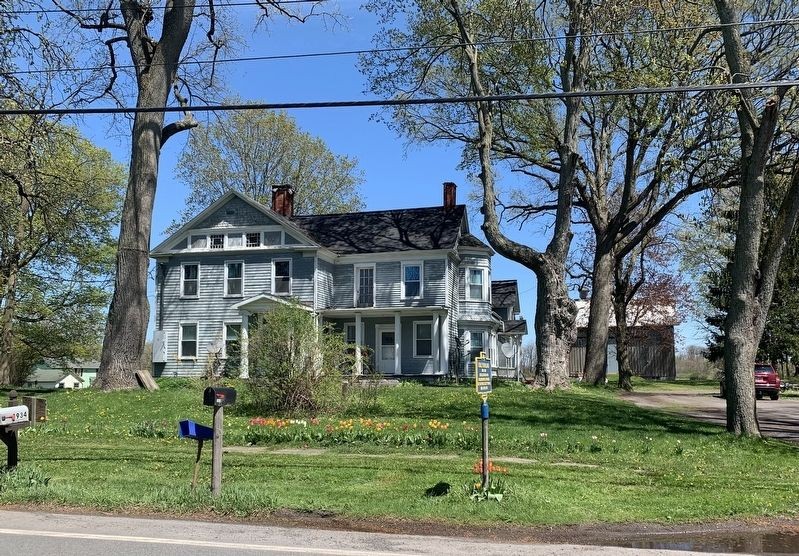
Emily Howland Historical Marker
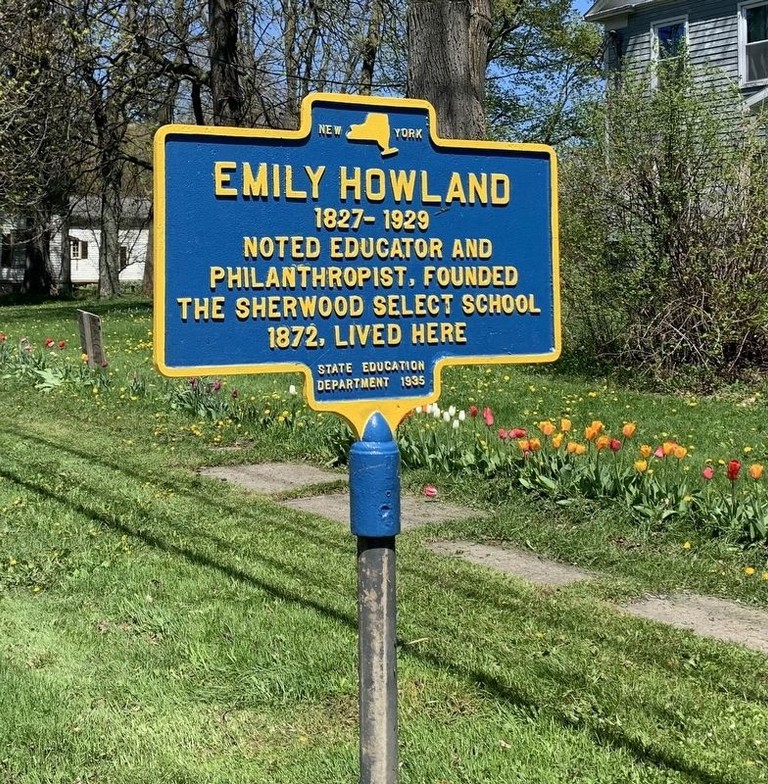
Emily Howland
.jpg)
Emily Howland with Susan B. Anthony
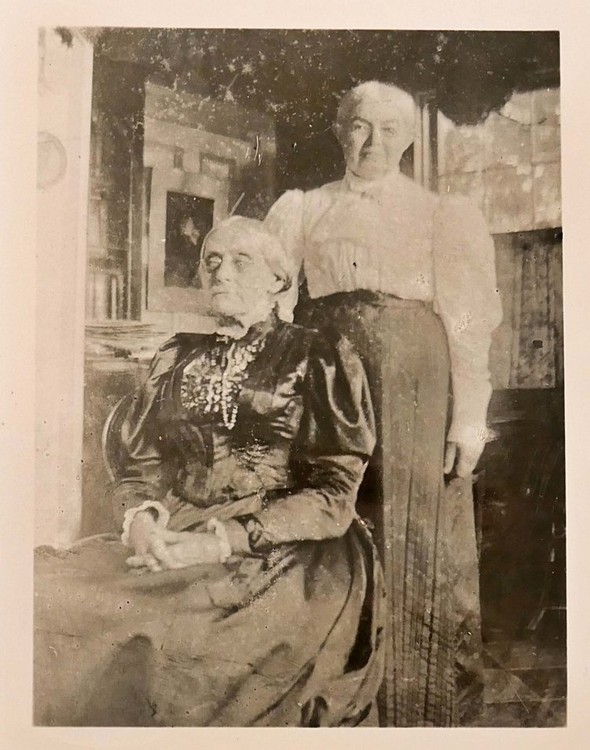
Emily Howland
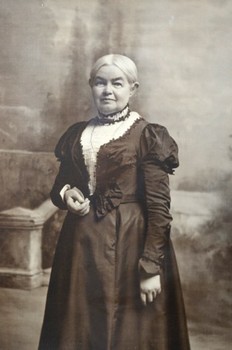
Emily Howland honored by schoolchildren in 1913
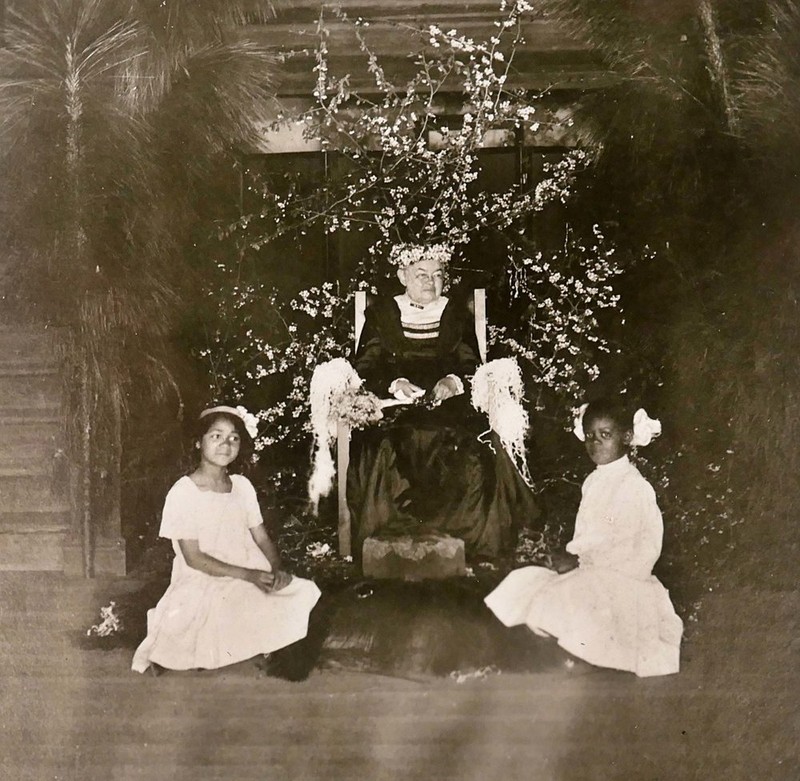
Emily and Isabel Howland
.jpg)
Emily Howland (Cayuga Museum Collection)
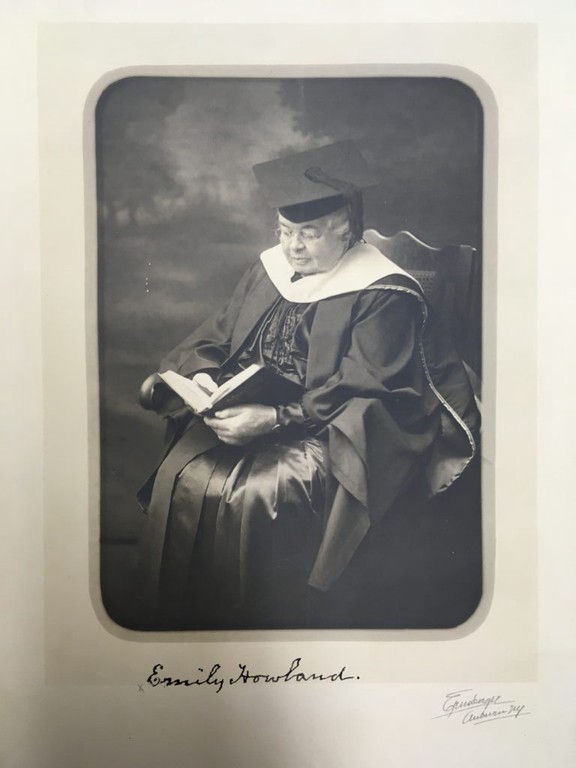
Sherwood Select School
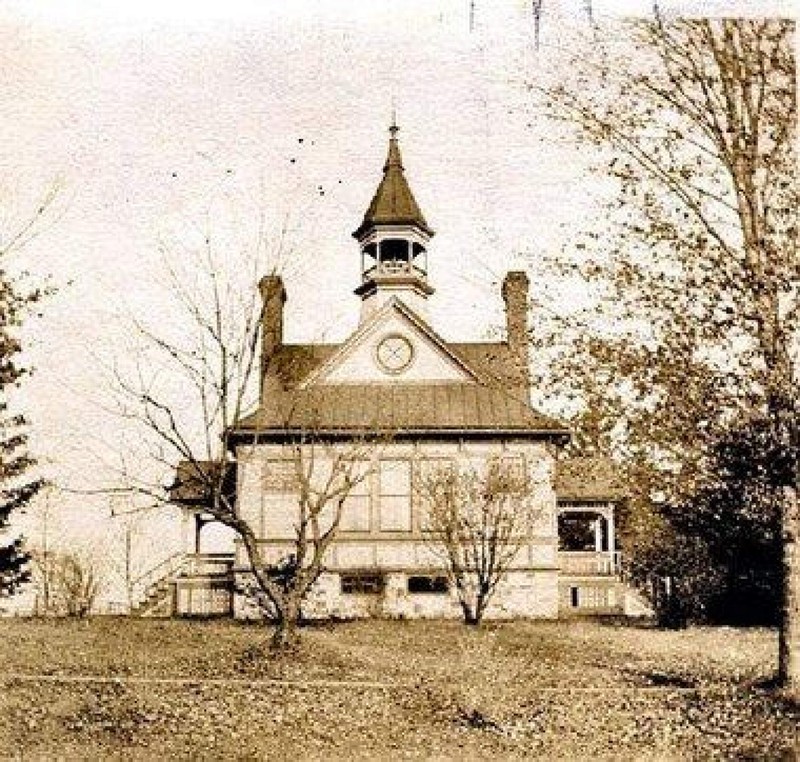
Emily Howland House
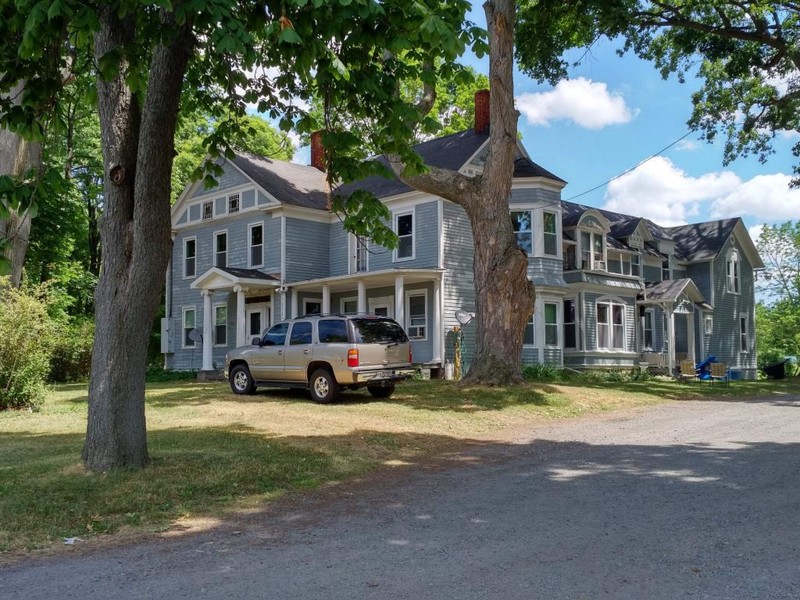
Backstory and Context
Text-to-speech Audio
Emily Howland was born November 29, 1827 at the Slocum and Hannah Howland House nearby. The Howlands were a Quaker family that was heavily involved in the anti-slavery movement. The family home was used as a station on the Underground Railroad to help runaway slaves escape to Canada. The reform and abolitionist activities of Slocum and Hannah Howland certainly influenced the trajectory of Emily Howland’s activism.
Howland was educated largely in Quaker schools. As a child she was enrolled in Friends’ Boarding School in Venice, NY then she transferred to Susanna Marriott’s Orthodox Quaker boarding school in Aurora, NY. As a teenager in the 1840s she attended Poplar Ridge Seminary and then Mary Grew’s School for Young Women in Philadelphia before returning home to help her family for several years. In the early 1850s Howland continued her education at Mary Robinson’s School in Philadelphia while also tutoring other students.
In the late 1850s Emily Howland began working more closely with the abolitionist movement in her own right. Between 1857 and 1859 she taught at the Normal School for Colored Girls in Washington, D.C. She returned to Sherwood to care for her mother in 1859, but soon met Harriet Tubman who purchased a nearby farm that year. Through Tubman and the Quaker network that already existed in Cayuga County, runaway slaves continued to move through New York towards Canada. During the Civil War Howland worked in contraband camps in the Washington D.C. area, educating freedman and help them build lives after slavery.
After the Civil War, Howland remained committed to issues of equality, education, and women’s rights. One of her other reform activities involved purchasing plantation land in Virginia to resettle Freedman families and set up two schools (in Heathsville and Lottsville, VA) to educate African American children. Over the course of her life, Howland was involved in supporting fifty schools for African American children in the south. She spent more time in Sherwood, NY after the death of her mother; she owned her home there, assisted her father, and tutored her niece, Isabel. To support local education, Howland donated land near her home in 1882 to construct the Sherwood Select School. The school was a private high school that educated approximately 60 students to prepare them for college. She continued to finance the school until 1926 when it transferred to the public school system. The original building stood just south of the Emily Howland Elementary School and was demolished in 1995. Emily Howland Elementary was closed in 2013. For her work in education, Emily Howland was awarded an honorary doctorate by the University of the State of New York Regents in 1926.
In addition to her work in education, Emily Howland was involved in the women’s suffrage movement. She and her niece, Isabel Howland, were actively involved with the New York State Woman Suffrage Association and in 1891 Howland founded the Cayuga County Political Equality Club. She financed the National American Woman Suffrage Association and worked with Susan B. Anthony and Elizabeth Cady Stanton to organize suffrage events. In addition to appearing at state and national suffrage events, including addressing Congress in 1904 and New York City parades in 1912 and 1913, she also attended an international suffrage convention in 1903. Unlike her friends Susan B. Anthony and Elizabeth Cady Stanton, Howland lived to see the ratification of the 19th Amendment and cast her first vote at age 92.
Emily Howland died on June 29, 1929. Her Sherwood, NY home is now under private ownership.
Sources
“Emily Howland House.” Freethought Trail. Accessed July 8, 2021. https://freethought-trail.org/trail-map/location:emily-howland-house/.
“Emily Howland: Pioneer In Education for African Americans and Children.” History of American Women. Accessed July 8, 2021. https://www.womenhistoryblog.com/2016/02/emily-howland.html.
“Sherwood Equal Rights Historic District: National Register Significance Statement.” National Register of Historic Places Continuation Sheet. National Park Service. Accessed July 8, 2021. https://web.archive.org/web/20160910101401/http://www.howlandstonestore.org/Sherwood.pdf.
“Sherwood Select (Emily Howland) School.” Freethought Trail. Accessed July 8, 2021. https://freethought-trail.org/trail-map/location:sherwood-select-emily-howland-school/.
“’The Sky Has Not Fallen’: The Story of Abolitionist and Suffragist, Emily Howland.” Cayuga Museum of History & Art. Accessed July 8, 2021. http://cayugamuseum.org/the-sky-has-not-fallen-the-story-of-abolitionist-and-suffragist-emily-howland/
"Emily Howland." The Historical Marker Database. Accessed July 8, 2021. https://www.hmdb.org/m.asp?m=172380.
"Emily Howland." The Historical Marker Database. Accessed July 8, 2021. https://www.hmdb.org/m.asp?m=172380.
"Emily Howland." Wikipedia. Accessed July 8, 2021. https://en.wikipedia.org/wiki/Emily_Howland.
"Historic Photos from the Howland Family." Howland Stone Store Museum. Accessed July 8, 2021. https://www.howlandstonestore.org/historic-photos.
"2021 Inductees." National Women's Hall of Fame. Accessed July 8, 2021. https://www.womenofthehall.org/nwhfinduction/2021induction/.
"Historic Photos from the Howland Family." Howland Stone Store Museum. Accessed July 8, 2021. https://www.howlandstonestore.org/historic-photos.
"Historic Photos from the Howland Family." Howland Stone Store Museum. Accessed July 8, 2021. https://www.howlandstonestore.org/historic-photos.
“’The Sky Has Not Fallen’: The Story of Abolitionist and Suffragist, Emily Howland.” Cayuga Museum of History & Art. Accessed July 8, 2021. http://cayugamuseum.org/the-sky-has-not-fallen-the-story-of-abolitionist-and-suffragist-emily-howland/
“Sherwood Select (Emily Howland) School.” Freethought Trail. Accessed July 8, 2021. https://freethought-trail.org/trail-map/location:sherwood-select-emily-howland-school/.
“Emily Howland House.” Freethought Trail. Accessed July 8, 2021. https://freethought-trail.org/trail-map/location:emily-howland-house/.
